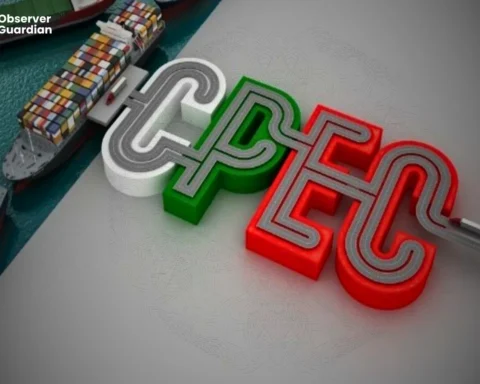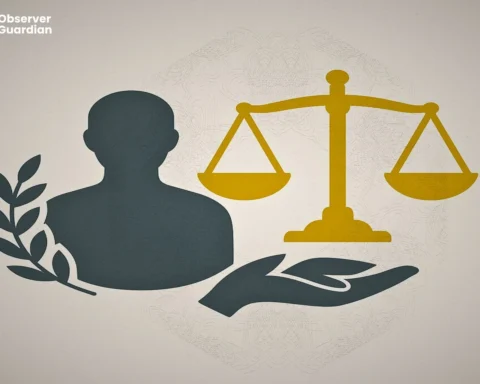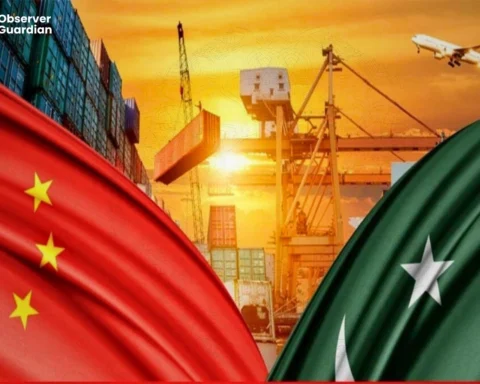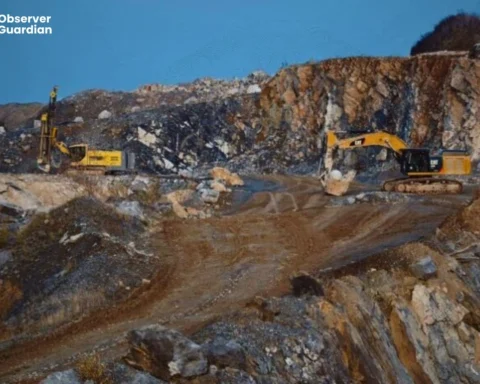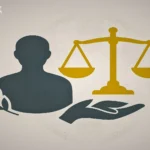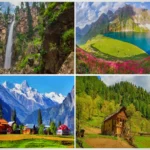Unraveling the Impact of India’s August 5 Move on Kashmir
Article 370 of the Indian Constitution that gave Jammu and Kashmir some autonomy since its independence in 1947, was abrogated on August 5, 2019, by the Indian government. At one swoop, the state is divided into two Union Territories of Jammu & Kashmir and Ladakh reducing it to direct administrative control by the center. Prime Minister Narendra Modi represented the move as an initiative towards integration and development. However, six years on, there is a mixed and highly controversial picture of the long ramifications of the results, both at home and abroad.
International Violation of those Commitments
One of the most evident and controversial moments is that the revocation contravened the international law, perhaps the most important one. Kashmir conflict is not a bilateral conflict between India and Pakistan alone but also it remains within the United Nations aegis. Various resolutions introduced by the UN Security Council in 1948 required a plebiscite in Jammu and Kashmir that would enable Jammu and Kashmir people to decide on their political future. The resolutions have not been implemented over the decades; therefore, the scrapping of Article 370 is a piecemeal antithetical erosion to the spirit and purpose of such resolutions.
India found itself under criticism by Pakistan and a worrying eye of the international observers when the country made constitutional changes to a disputed territory without either local or international consultation. The UN did not explicitly criticize the removal, but its silence was accompanied by frequent admonition by the human rights organizations and other nations to negotiate, be restrained and respect autonomy of the Kashmir people.
Dispossession & State Control
This was done through the abrogation of Article 370 and the dissolving of Jammu and Kashmir Legislative Assembly and direct rule using a centrally appointed Lieutenant Governor. Advocates claim that this has bettered the administration and enabled a standard application of the Indian laws. Major projects, like the ones concerning education, welfare, nature, and infrastructure have been stretched towards the region.
The motion though put the regional political parties aside and disenfranchised the local voters. Elections are yet to be implemented, and political vacuum will persist for 6 years after. Leaders of such major parties as the National Conference and the People Democratic Party were arrested or marginally included in the political process. The move is not perceived by many Kashmiris as integration hence, it is seen as imposition.
Security and Stability: Mixed Bag
Durability of security has always been the focus in the Kashmir case and the government argued that the revocation would assist in destroying the “terror ecosystem.” Although infiltration across the borders and attack activities by the militants have reduced in certain areas, the security scene is not sturdy. The whole region remains militarized and outbursts of violence, especially in South Kashmir, keep on happening intermittently.
The mass protests have now decreased but a part of it can be attributed to the suppression of civil liberties. Months later in August 2019, thousands of people were arrested, and gatherings and protests continue to be severely limited. The use of curfews and monitoring, surveillance, and data gathering using digital means, seemed to have entered normalcy. The critics have pointed out that the peacemaking based on fear is unavailable and could only contribute to further alienation of the people.
Economic Development: Promise to Reality
Another rationale stated because of the change in the constitution was economic renewal. Article 370 was used by the government as an impediment to investments and growth of jobs as well as industries. Since then, visible infrastructural changes have been occurring roads, power projects, health care facilities as well as several investment summits with attempts to attract external capital.
The reality, however, is not promising. Youth unemployment is one of the highest in India. In a situation full of political uncertainty, especially caused by the COVID-19 outbreak, tourism, which was a pillar to the economy, had an uneven recovery. The conventional sectors such as handicrafts and horticulture have not gone well either. The guarded attitude of the private investors is still on the backlash of security issues and a fluctuating political climate.
Demographic concern and Cultural identity
The biggest worry among most of the Kashmiris after the abrogation is demographic change. The repeal of Article 35A that had limited landownership and government jobs to locals provided an opening to outsiders to take up residence in the area. Although the official statistics do not point to prominent trends in the demographic shift yet, the fear of cultural dilution crops up.
This is not only the issue of possession or employment but the fear of losing control of the local identity, local heritage and local social organization. These sentiments have been especially pronounced in the Kashmir Valley whose people feel betrayed deep down the line.
Human Rights and the Freedom of the Media
Human rights can be listed as one of the darkest shadows created in the result of the August 5 decision. Directly following, the area saw one of the longest internet blackouts in the world with a combined total of almost 18 months over several different stints. Tens of thousands, minors, journalists, political leaders, were detained. The number has since then been released but some of them are on house arrest or on legal charges.
Freedom of press has suffered a major blow. Local reporters work under much scrutiny and threat, and a few cases include them being charged under draconian laws like the Unlawful Activities Prevention Act (UAPA). Free media is so weak that there is a chilling effect on the reporting and discussions.
Future ahead?!
Public opinion in Kashmir became split but much tamed down after six years. Although part of the population, especially in Jammu and Ladakh, holds the revocation to be an acceptable decision, significant proportions in Kashmir Valley see it as a betrayal, considering it a removal of their political rights and historical identity.
Youth born in this new post-Article 370 generation are especially confused. They want stability, education and opportunity, but are dogged by the ghost of repression and mistrust. Security and development are not the only areas that determine the restoration of the future of Kashmir, but rather political trust and democratization.
The August 5 action was a historical point in the Indian history in relation to Kashmir, a move that strongly transformed the legal, political, and emotional topography of the region forever. Although the government boasts of development and integration, the prices are still rather substantial in the aspect of civil liberties, democratic representation, and regional harmony.
To delink itself and leave the pall of this decision behind, India has no other way to go but by reentering into an interface with the people of Jammu and Kashmir, a third time around, not only as subjects of political governance, but as partners in a common destiny. The most important measures to achieve just and lasting peace are the restoration of electoral democracy, the guarantee of human rights and fulfillment of international commitments.
Disclaimer: The views and opinions expressed in this article are exclusively those of the author and do not reflect the official stance, policies, or perspectives of the Platform.


